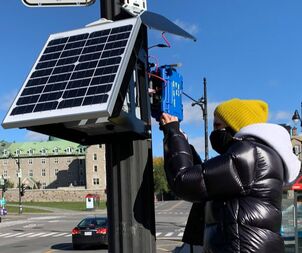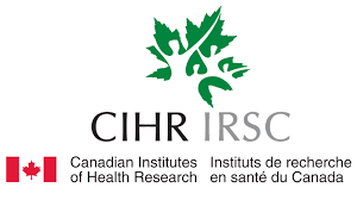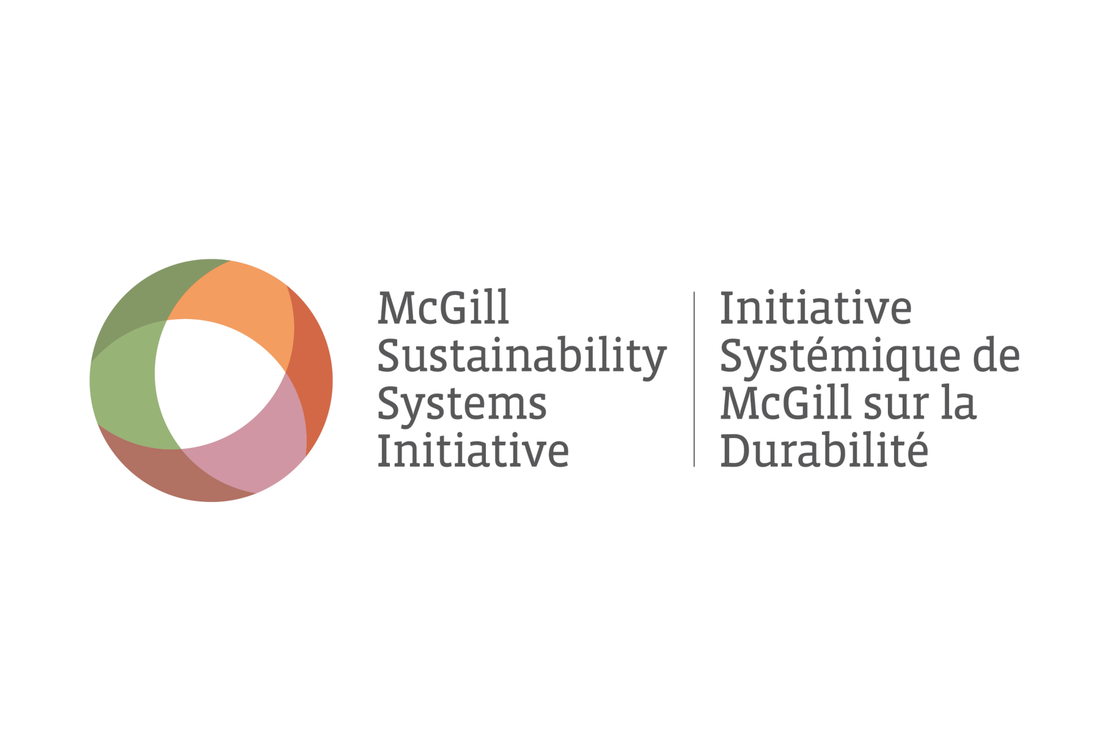Research Program
Dr. Weichenthal is an Associate Professor in the Department of Epidemiology and Biostatistics at McGill University in Montreal, Canada. His research program is dedicated to identifying and evaluating environmental risk factors for chronic illnesses such as cancer and cardiovascular disease. To support this objective, Dr. Weichenthal develops new approaches to population-based exposure assessment and examines how the urban built environment influences environmental exposures at both the individual and population-level. His past studies have examined the health effects of air pollution from biomass burning, traffic (e.g. ultrafine particles), as well as the oxidative potential of fine particulate air pollution (PM2.5). His current research is focussed primarily on climate change-related environmental exposures (e.g., heat, wildfires, aeroallergens) and incorporates various machine learning methods into the exposure modelling process. Examples of recent/ongoing research projects are described below.
Examples of Current and Past Projects

Modelling Within-City Spatiotemporal Variations in Airborne Pollen Concentrations
Airborne pollen concentrations are increasing due to climate change and the pollen season now lasts longer than it did in the past. Little is known about within-city spatiotemporal variations in airborne pollen concentrations and as a result pollen forecasts often assign the same value to large geographic areas. In this study, we are developing a new model to predict high-resolution spatiotemporal variations in airborne pollen/spore concentrations across Montreal, Canada for subsequent use in epidemiological analyses.
Airborne pollen concentrations are increasing due to climate change and the pollen season now lasts longer than it did in the past. Little is known about within-city spatiotemporal variations in airborne pollen concentrations and as a result pollen forecasts often assign the same value to large geographic areas. In this study, we are developing a new model to predict high-resolution spatiotemporal variations in airborne pollen/spore concentrations across Montreal, Canada for subsequent use in epidemiological analyses.
|
Using Images and Audio Data to Predict Environmental Exposures
Our group is working on a number of projects aimed at developing machine learning models to predict environmental exposures using images and audio data (i.e. city sounds) as inputs. This includes models of large-scale variations in annual average air pollution concentrations as well as near-realtime predictions of noise and traffic-related air pollution on a local level. |

Comparing the Estimated Health Impacts of Long-Term Exposures to Traffic-Related Air Pollution using Fixed-Site, Mobile, and Deep Learning Models
In this study we will evaluate the long-term health impacts of within-city spatial variations in traffic-related air pollutants using fixed-site, mobile, and deep learning models for ultrafine particles and black carbon in Montreal and Toronto, Canada. As part of this study, we will examine if different exposure models (e.g. mobile models, deep learning models, etc) provide comparable estimates of long-term health risks with a focus on ultrafine particles and cause-specific mortality.
In this study we will evaluate the long-term health impacts of within-city spatial variations in traffic-related air pollutants using fixed-site, mobile, and deep learning models for ultrafine particles and black carbon in Montreal and Toronto, Canada. As part of this study, we will examine if different exposure models (e.g. mobile models, deep learning models, etc) provide comparable estimates of long-term health risks with a focus on ultrafine particles and cause-specific mortality.

High-Resolution Spatiotemporal Variations in Urban Air Temperatures and Emergency Room Visits for Cardiorespiratory Morbidity and Mental Health Outcomes
We are currently conducting large-scale spatial monitoring studies (~200 locations) of summer temperatures in Montreal and Toronto, Canada. These data will be used to model high-resolution spatial variations in ambient temperatures across each city and to evaluate the acute health impacts of heat in urban areas.
We are currently conducting large-scale spatial monitoring studies (~200 locations) of summer temperatures in Montreal and Toronto, Canada. These data will be used to model high-resolution spatial variations in ambient temperatures across each city and to evaluate the acute health impacts of heat in urban areas.

Developmental Research on the Interactions between Variants and the Environment
This project is examining the impacts of outdoor air pollutants on adverse health outcomes in children ranging from birth to adolescence.
This project is examining the impacts of outdoor air pollutants on adverse health outcomes in children ranging from birth to adolescence.
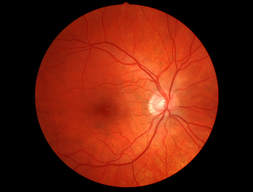
Ambient PM2.5 from Residential Wood Burning and Changes in Retinal Microvascular Responses in Children
Biomass burning is an important source of air pollution in non-urban areas across Canada but little is known about the cardiovascular health impacts of these exposures among children. Using retinal imaging, this study will evaluate the impact of short and intermediate-term exposures to air pollution from biomass burning on the micro-vasculature of children in British Columbia, Canada.
Biomass burning is an important source of air pollution in non-urban areas across Canada but little is known about the cardiovascular health impacts of these exposures among children. Using retinal imaging, this study will evaluate the impact of short and intermediate-term exposures to air pollution from biomass burning on the micro-vasculature of children in British Columbia, Canada.
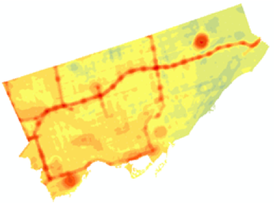
Developing and Applying Land Use Regression Models for PM2.5 Oxidative Potential and Magnetite Nanoparticles in Montreal and Toronto, Canada
In this study, we are developing models to predict PM2.5 oxidative potential and magnetite nanoparticles (small iron oxide particles that can reach the brain) across Montreal and Toronto, Canada. Once developed, we will apply these models in population-based cohort studies to characterize relationships with chronic diseases including brain tumors and cardiovascular mortality.
In this study, we are developing models to predict PM2.5 oxidative potential and magnetite nanoparticles (small iron oxide particles that can reach the brain) across Montreal and Toronto, Canada. Once developed, we will apply these models in population-based cohort studies to characterize relationships with chronic diseases including brain tumors and cardiovascular mortality.
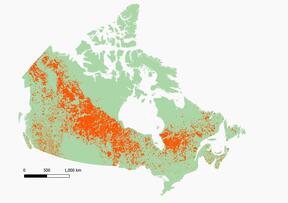
Cancer Incidence and Residential Proximity to Forest Fires Across Canada
Little is known about the long-term health impacts of residential proximity to forest fires. This is an important question as forest fires represent a chronic exposure in many parts of Canada as they tend to occur in the same regions every year. This study will link historical forest fire data to population-based cohorts in Canada to examine how residential proximity to forest fires impacts cancer risk.
Little is known about the long-term health impacts of residential proximity to forest fires. This is an important question as forest fires represent a chronic exposure in many parts of Canada as they tend to occur in the same regions every year. This study will link historical forest fire data to population-based cohorts in Canada to examine how residential proximity to forest fires impacts cancer risk.
